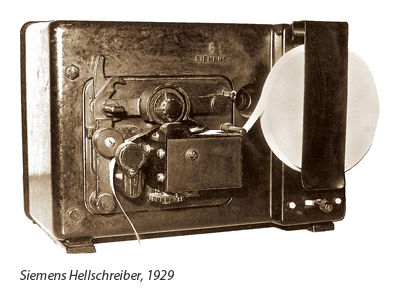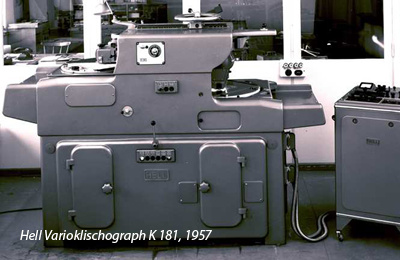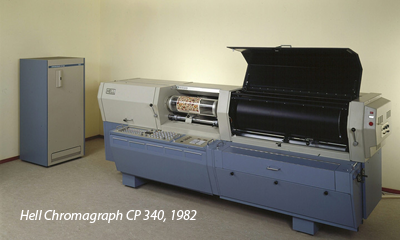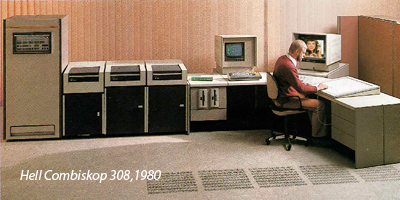About Rudolf Hell
Rudolf Hell (* December 19, 1901, Eggmühl, † March 11, 2002, Kiel) was a German inventor and entrepreneur known for his revolutionary contributions to image processing technology. Born in Eggmühl, Germany, Hell showed an exceptional talent and interest in electronics and technology at an early age. After studying electrical engineering at the Technical University of Munich, Hell began his career as an engineer and worked on various research and development projects. After the Second World War, Hell founded a company for communications equipment and electronic reproduction technology in Kiel. Rudolf Hell did not retire from business life until 1989, and he died in Kiel at the great age of 100 years.
The Development of Hell Scanners
In the early years of his career, Rudolf Hell developed various devices for the telecommunications and printing industries. However, his most significant achievement was the development of scanners, which made it possible for the first time to capture and process images and text electronically. With the introduction of his Chromagraph scanners and Chromacom image processing systems in the 1960s and 1970s, Hell set new standards in prepress technology. These scanners were capable of producing high-precision reproductions of images and text and played a crucial role in automating printing processes. These drum scanners can be considered the predecessors of today’s desktop scanners for personal use.
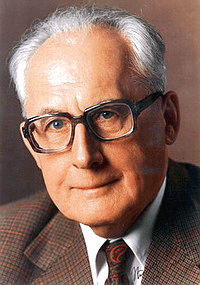
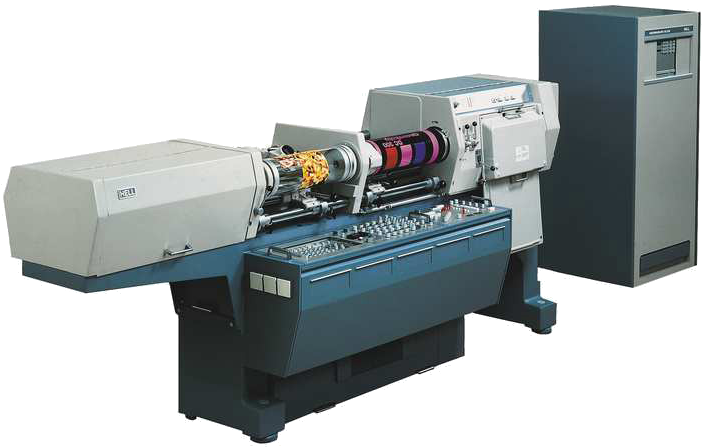

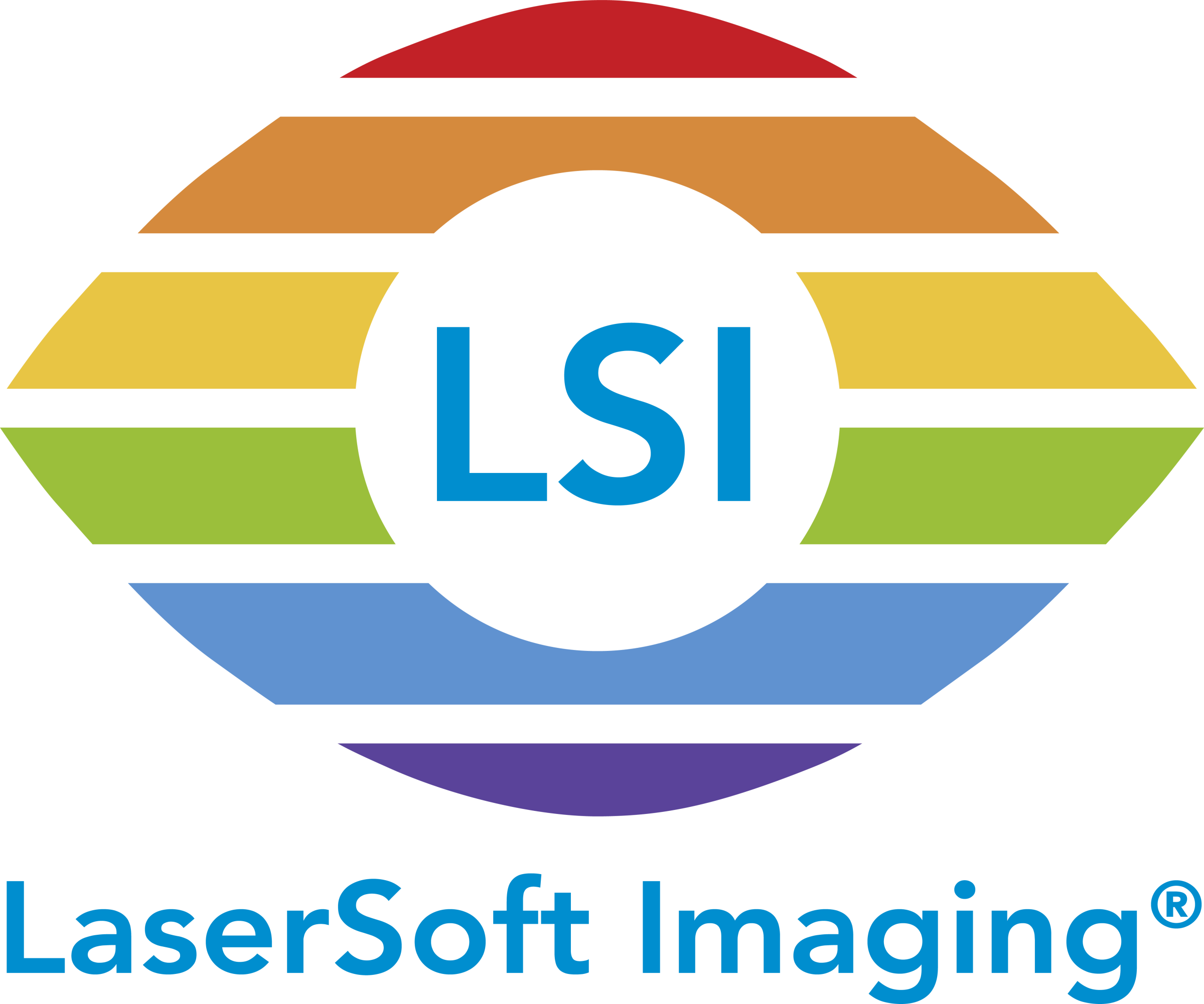

Hell’s Influence on LaserSoft Imaging
The innovative power of Rudolf Hell inspired a new generation of technology companies, including LaserSoft Imaging. The company, founded in 1986 by Karl-Heinz Zahorsky, also in Kiel, continued the tradition of image processing technology established by Hell. In 1989, LaserSoft Imaging became a consultant to Hell AG for new desktop color processing technologies. One year later, LaserSoft Imaging took over the distribution of Riplink, the connection of the Chromacom image processing system to the Mac. In particular, the development of scanner and image processing software at LaserSoft Imaging was strongly influenced by the principles and technologies introduced by Rudolf Hell. The ability to create and process high-quality digital reproductions of analog images continues to be the foundation of LaserSoft Imaging’s products. Still at the great age of 99, Rudolf Hell visited the 2001 DRUPA exhibition in Düsseldorf and met LaserSoft Imaging CEO Karl-Heinz Zahorsky.
LaserSoft Imaging: Continuing Hell’s Legacy
Today, LaserSoft Imaging is a leading global provider of scanner and image processing software. The company aims to continue Rudolf Hell’s vision by developing innovative solutions for digital image processing. Its SilverFast software is the heart of LaserSoft Imaging’s offering. Patents have been granted for many technological innovations used in SilverFast. Through continuous research and development, LaserSoft Imaging remains at the forefront of the industry and helps to continually expand the possibilities of digital image processing.
Conclusion
Rudolf Hell was a visionary inventor whose contribution to image processing technology can still be felt today. His development of scanners and image processing systems laid the foundation for companies like LaserSoft Imaging, which are carrying on his legacy and shaping the future of digital imaging. Thanks to Hell’s ingenious work, we can now create and proicess high-quality digital reproductions of analog images, which has forever changed the way we interact with visual media.

